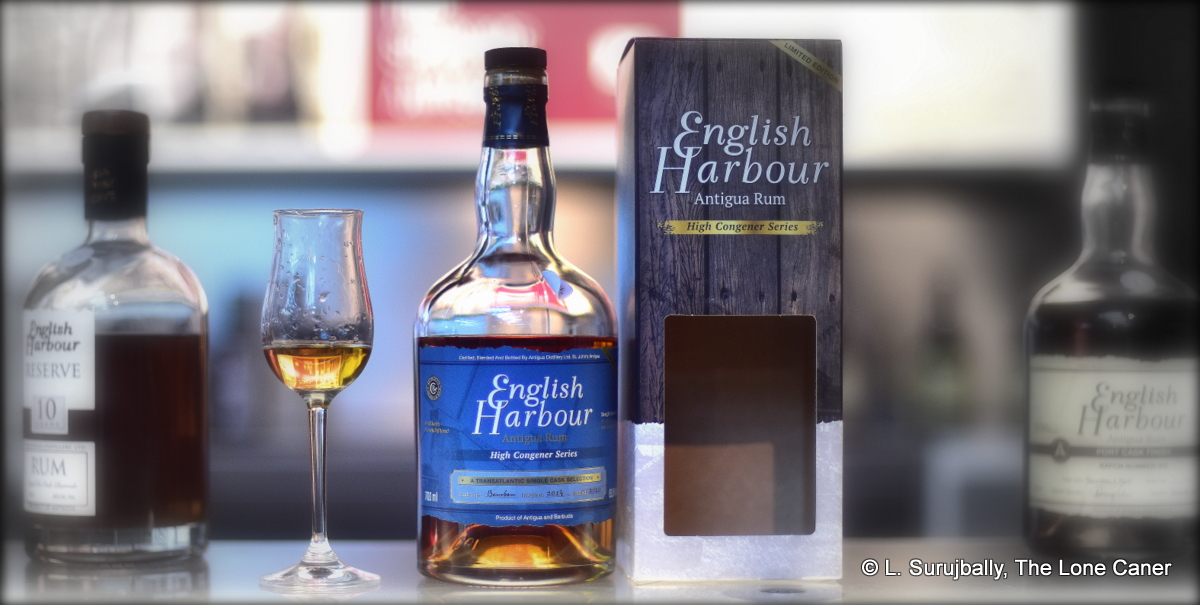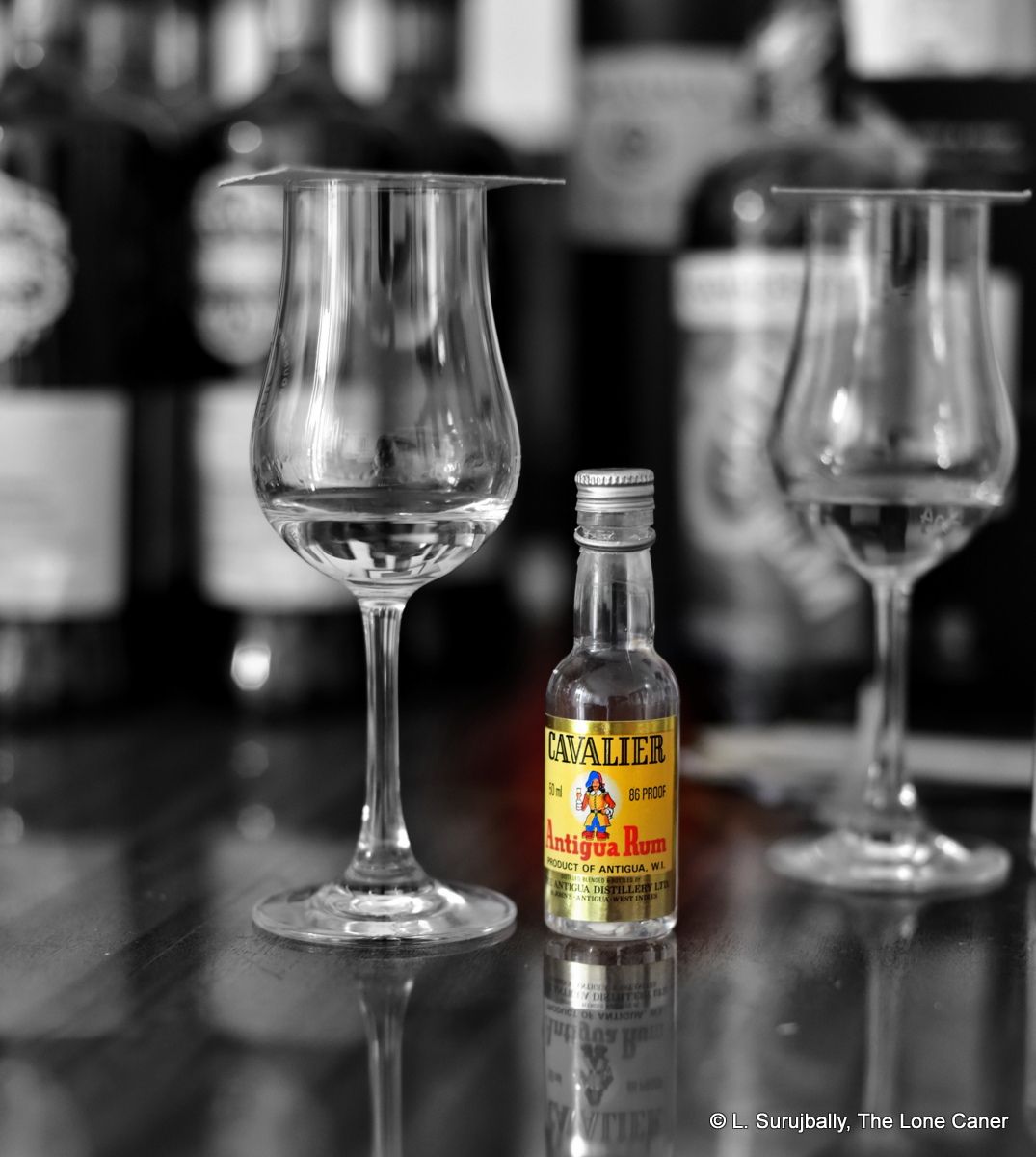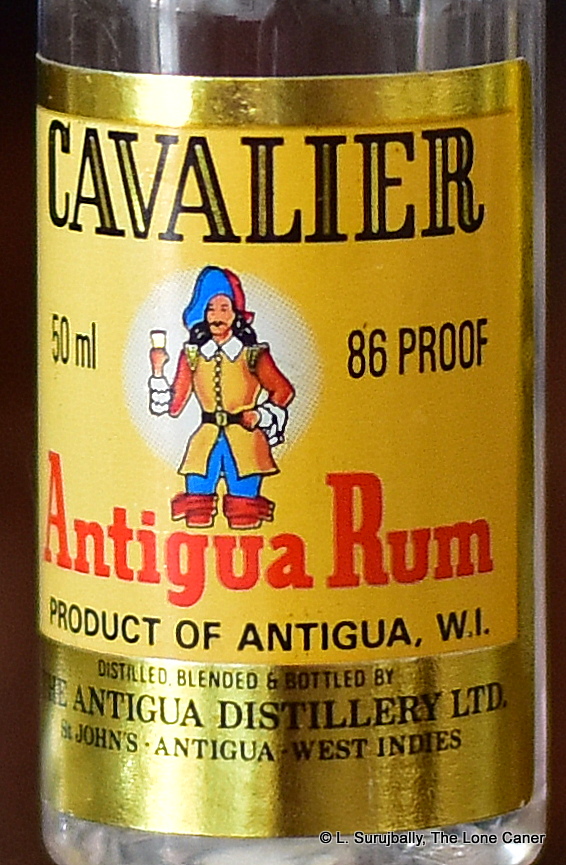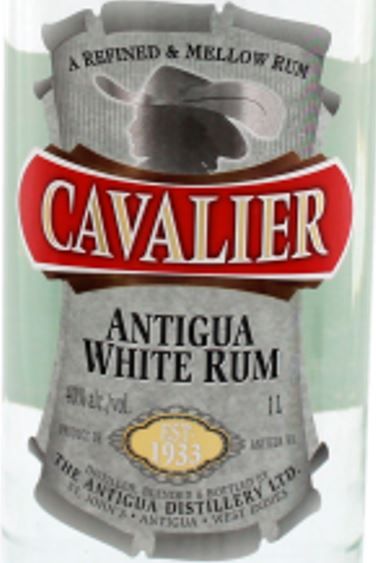In less than fifteen years, the entire rumiverse has changed so completely that not only can a not-that-well-known distillery from a not-that-well-known island make a cask strength rum of force and taste, but it is considered normal for them to do so; and that little distillery has become famous enough to be compared with the likes of major Caribbean outfits both older and younger, of far greater visibility. That is what the English Harbour High Congener rum really means, over and above its interesting stats.
The success of the indie bottlers in the last decade and a half in promoting distilleries and marques and whole countries – Barbados, Jamaica, Guyana are favoured expressions for all of them, though this is now changing – has forced many smaller distilleries in the Caribbean to up their game. Some have started exporting bulk to Europe themselves, for use by the IBs; some sell new make spirit to merchant bottlers direct. But most have expanded beyond their standard blends previously only distributed regionally; and begun pushing the edge of the envelope themselves, in an effort to diversify and premiumise, thereby capturing that slice of the market which the IBs helped kickstart.
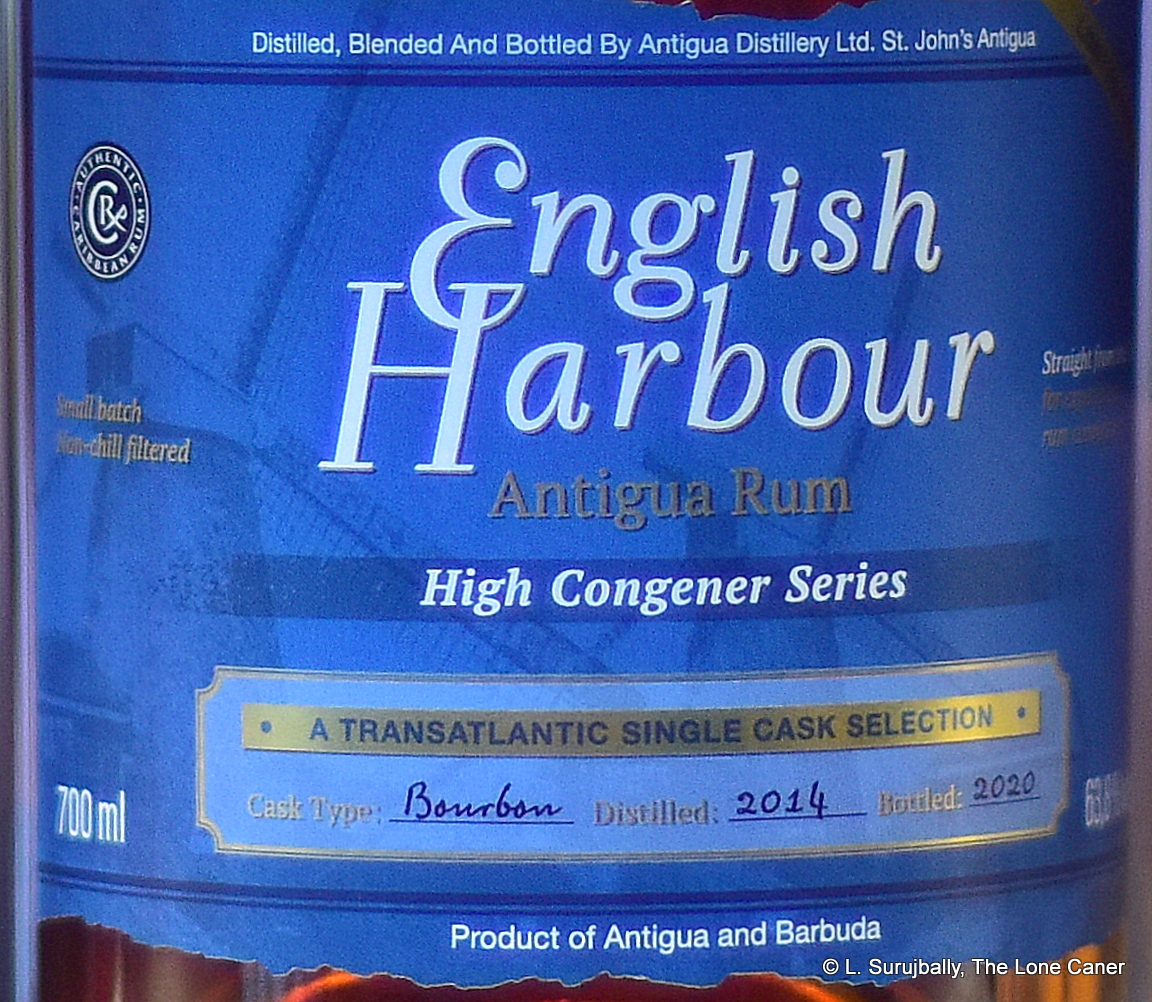 And they’re not the only ones: almost all major distilleries in the Caribbean now have entire ranges dedicated to high proof, well-aged and year-specific expressions that comprehensively eclipse their own efforts from ten years ago. El Dorado, Foursquare, Mount Gay, St. Lucia Distillers, Appleton…the list goes on. They work with all aspects of the production cycle – fermentation, stills and distillation, ageing … and have vaulted rum into a whole different level.
And they’re not the only ones: almost all major distilleries in the Caribbean now have entire ranges dedicated to high proof, well-aged and year-specific expressions that comprehensively eclipse their own efforts from ten years ago. El Dorado, Foursquare, Mount Gay, St. Lucia Distillers, Appleton…the list goes on. They work with all aspects of the production cycle – fermentation, stills and distillation, ageing … and have vaulted rum into a whole different level.
Antigua distillers did the same, and I still remember one of their initial efforts, the Small Batch Sherry Cask finish expression, which I remarked was something of “an essay in the craft,” when it debuted in 2016. Now that’s almost passé, because consider this one from seven years down the line: a 2014-distilled rum based on molasses aged for six years in Antigua, which they call “High-congener” and which is a cousin to the 1423 SBS Antigua 2015 rum I’d had in The Proofing Room bar in London back in 2022. 1200 bottles of this hi-octane 63.8% column-still rum were released in 2020, which makes it a punchy six year old in all the departments that matter.
The nose is suitably big, given the strength: it has a richness that is very welcome, and feels solid and dep with notes of pineapple, strawberries and grapes, leavened with a more creamy lemon cheesecake, vanilla, and coconut shavings. Letting it rest helps things settle down and after a while aromas of cherries and green grapes emerge, a bit of mango juice and a tang of brine and olives, and a touch of salt caramel.
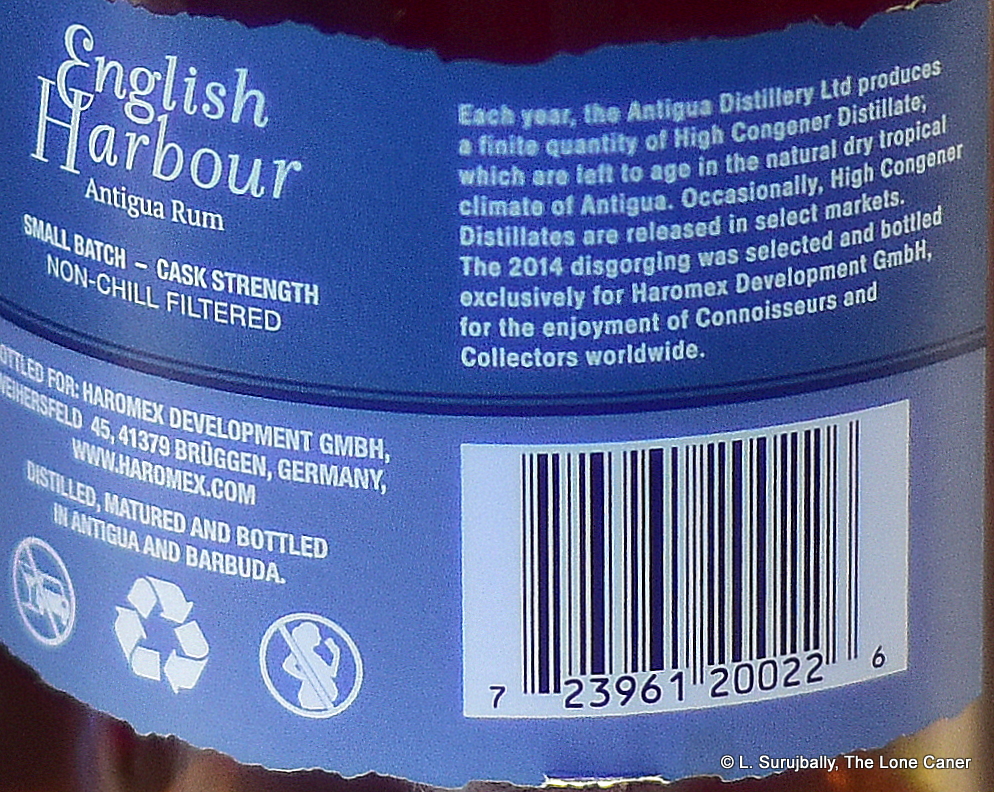 Tasting it shows where the rum shines, because here all the stops are pulled out, bunting unfurls and the brass band comes marching through: it’s smooth, buttery, creamy, all laban and cream cheese, brie, and brine, with soft tastes of olive oil, hummus and citrus. The acidity of the fruits and esters is retained, and a fair amount of spices – vanilla, cinnamon, cardamom – is in evidence. There’s toffee and caramel, tannins and coffee grounds, and a treat to sip even at that strength. If I had a whinge at all it’s that the finish is too short – there’s some brine, caramel, warm pastries and a dash of cumin – but overall, this is a rum that would work even if closer to standard strength and one wishes it was in a more general release than something so limited
Tasting it shows where the rum shines, because here all the stops are pulled out, bunting unfurls and the brass band comes marching through: it’s smooth, buttery, creamy, all laban and cream cheese, brie, and brine, with soft tastes of olive oil, hummus and citrus. The acidity of the fruits and esters is retained, and a fair amount of spices – vanilla, cinnamon, cardamom – is in evidence. There’s toffee and caramel, tannins and coffee grounds, and a treat to sip even at that strength. If I had a whinge at all it’s that the finish is too short – there’s some brine, caramel, warm pastries and a dash of cumin – but overall, this is a rum that would work even if closer to standard strength and one wishes it was in a more general release than something so limited
So, to sum up, punch it does, if perhaps in too few areas. I somehow expected it to be more complex, yet those aromas and tastes one gets are great in and of themselves. No congener count is provided, which is a shame – we wouldn’t mind knowing so we could rate it against the Jamaican marques. Still, I’d suggest the level is on par with the LROK (the HLCF at best). It is a pleasant, sippable, forceful, solid drink – the strength is no barrier to enjoying it (however, I would not recommend a quick initial guzzle, because 63.8% is 63.8% and it’ll hurt if you treat it with disrespect).
Beyond that, it exhibits a complexity that exceeds the Coeur de Savalle which was gingerly squeezed into a reinforced bottle at 73% or so, and although occasionally sharp and over-tart in the mouth, you can tell that it has a fair bit of funk in its junk, and that it’s a full proof aged rum of uncommon distinction that is quite clearly not a Jamaican. English Harbour, if it wasn’t there already, takes its place with complete assurance at the table already populated by the likes of esterati like Hampden, Worthy Park, Savanna and others, and without apology demands they all move aside to give it room. On the basis of this rum, I don’t see anyone denying them the right to take a seat.
(#1044)(87/100) ⭐⭐⭐⭐
Other notes
- Background material on the company can be found in the Coeur de Savalle review. I liked both equally, by the way, though for different reasons.
- Antigua Distillers have made a virtue out of necessity: because they only have one columnar still, when it goes down for maintenance their tanks continue to ferment and of course develops into a more acid rich wash that provides the higher levels of congeners this rum displays.
- Some other reviews: as of this writing Rum-X has 106 ratings averaging at 8.2/10. Stuart at Secret Rum Bar gave it an enthusiastic 90 points in December 2022, while Marius from Single Cask Rum awarded it 88 points in 2021, and in March 2022 John Go rated it 6/10, commenting on its lack of funk.
Historical note
Although they are seemingly everywhere now, back in the Aughts and early 2010s, independent bottlers and single cask releases were still not all that common or well known, though their star was rising among the cognoscenti. The main sources of full proof rums from distilleries (or stills) around the world were the whisky makers who occasionally dabbled their toes in this area of rum: Gordon & MacPhail, Samaroli, Silver Seal, Moon Imports, AD Rattray and Cadenhead for example. Aside from their releases, the only chance anyone was going to get to try something packing serious ABV was to buy any of the famed and ubiquitous 151s, and those were very young rums with little to distinguish them. Almost everyone else pretty much wussed out at 46% at best, except the French whose agricoles seemed to take great delight in up-ending expectations.
Fast forward to the close of 2023 and the landscape has undergone a sea change. Rums are being released north of 50% as a matter of course and an increasing number top 70%; Caribbean and other distilleries’ representative bottlings from dozens of small IB companies are so common now as to approach commodity status; the whisky makers are hardly considered special any longer, don’t issue nearly as much as they once did, and have ceased being serious factors in any budding connoisseur’s mental map of rum bottlers. That torch has decisively passed to the new and nimble independents, the new micro distilleries around the world, and the old estates that have invigorated themselves with new talent, new equipment and a desire to innovate.
